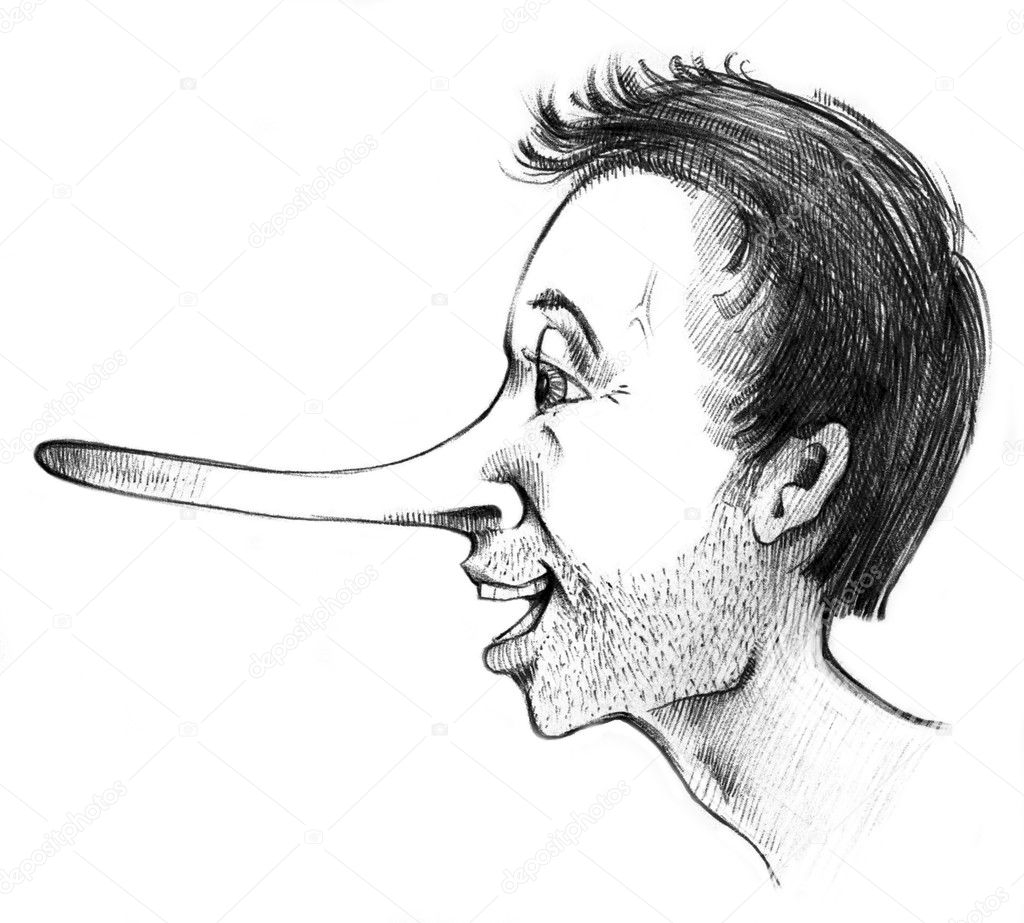
In many countries, a witness lying in court risks being charged with perjury-the accused typically does not risk such a reaction-but there are still cases where witnesses lie. When the facts of the case are not well known, witness testimonies, including the testimony from alleged victims, may be critical to a verdict, and these testimonies are sometimes from witnesses who hold a personal stake in the case and shun self-incriminating statements. Inconsistency with the physical evidence or the testimonies of other witnesses might indicate that the witness is untruthful, or it may simply reflect the fact that the witness has observed, interpreted, and later remembered the critical events incorrectly-normal human errors all too well known in the eyewitness literature ( Loftus, 2005 Wells and Loftus, 2013 Howe and Knott, 2015).

In the US it is well-documented that innocent people have been convicted because witnesses were lying in court ( Garrett, 2010, 2011 In evaluating the reliability and the truthfulness of a testimony, the court considers other evidence presented to the court, the known facts about the case and the testimonies by other witnesses. Lying witnesses may lead to the exoneration of guilty persons or to the conviction of innocent ones. Lying in court is a threat to fair trials and the rule of law. However, despite the personal problems that serious everyday lies may cause and the human tragedies political lies may cause, it is lying in court that appears to have been the principal initial motivation for the scientific interest in lie detection. We are all everyday liars, some of us more prolific than others, we lie in personal and professional relationships ( Serota et al., 2010 Halevy et al., 2014 Serota and Levine, 2015 Verigin et al., 2019), and lying in public by politicians and other public figures has a long and continuing history ( Peters, 2015).

There are good reasons for this interest in lie detection. Research on the detection of lies and deceit has a prominent place in the field of psychology and law with a substantial research literature published in this field of inquiry during the last five to six decades ( Vrij, 2000, 2008 Vrij et al., 2019).


 0 kommentar(er)
0 kommentar(er)
